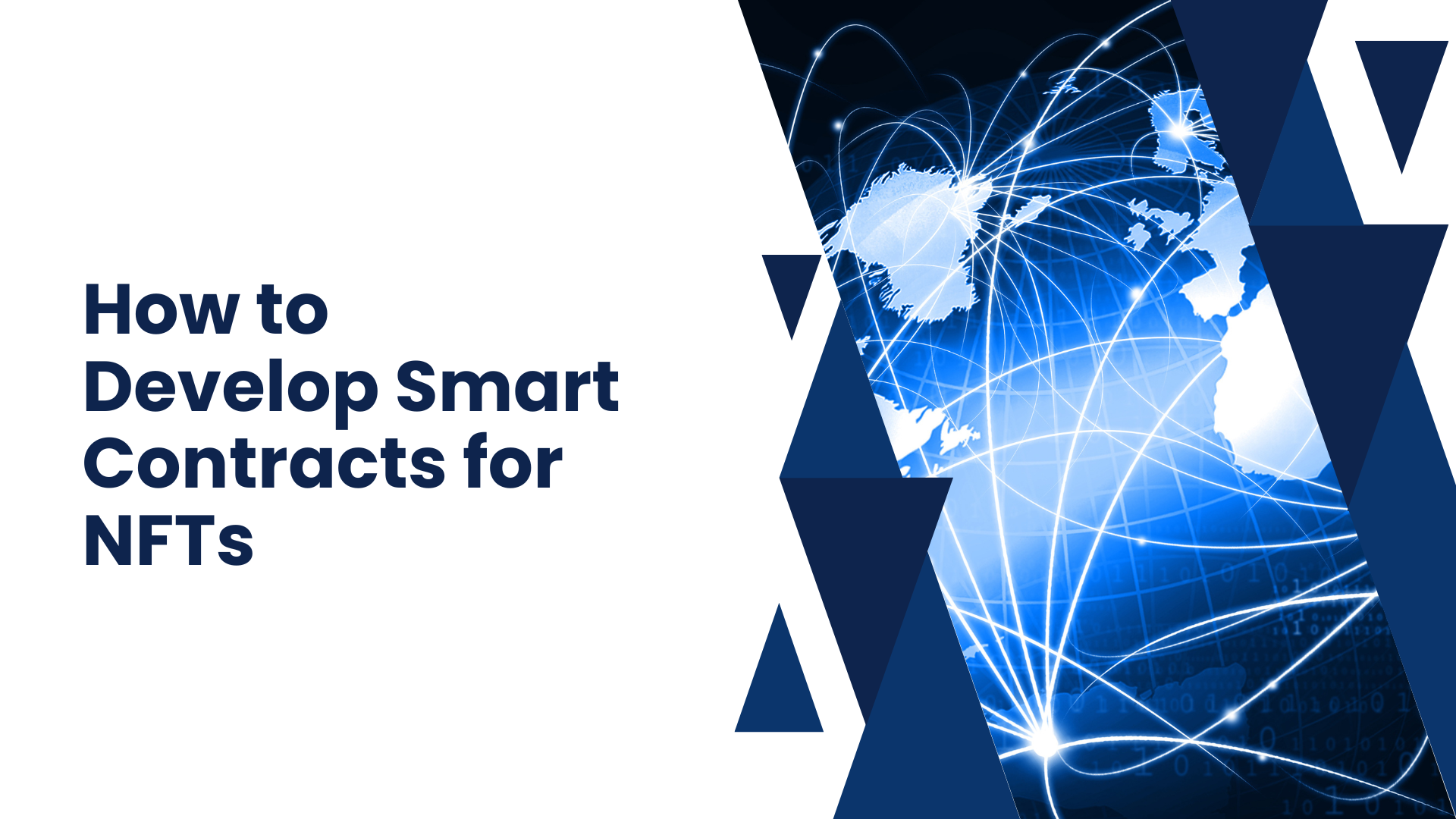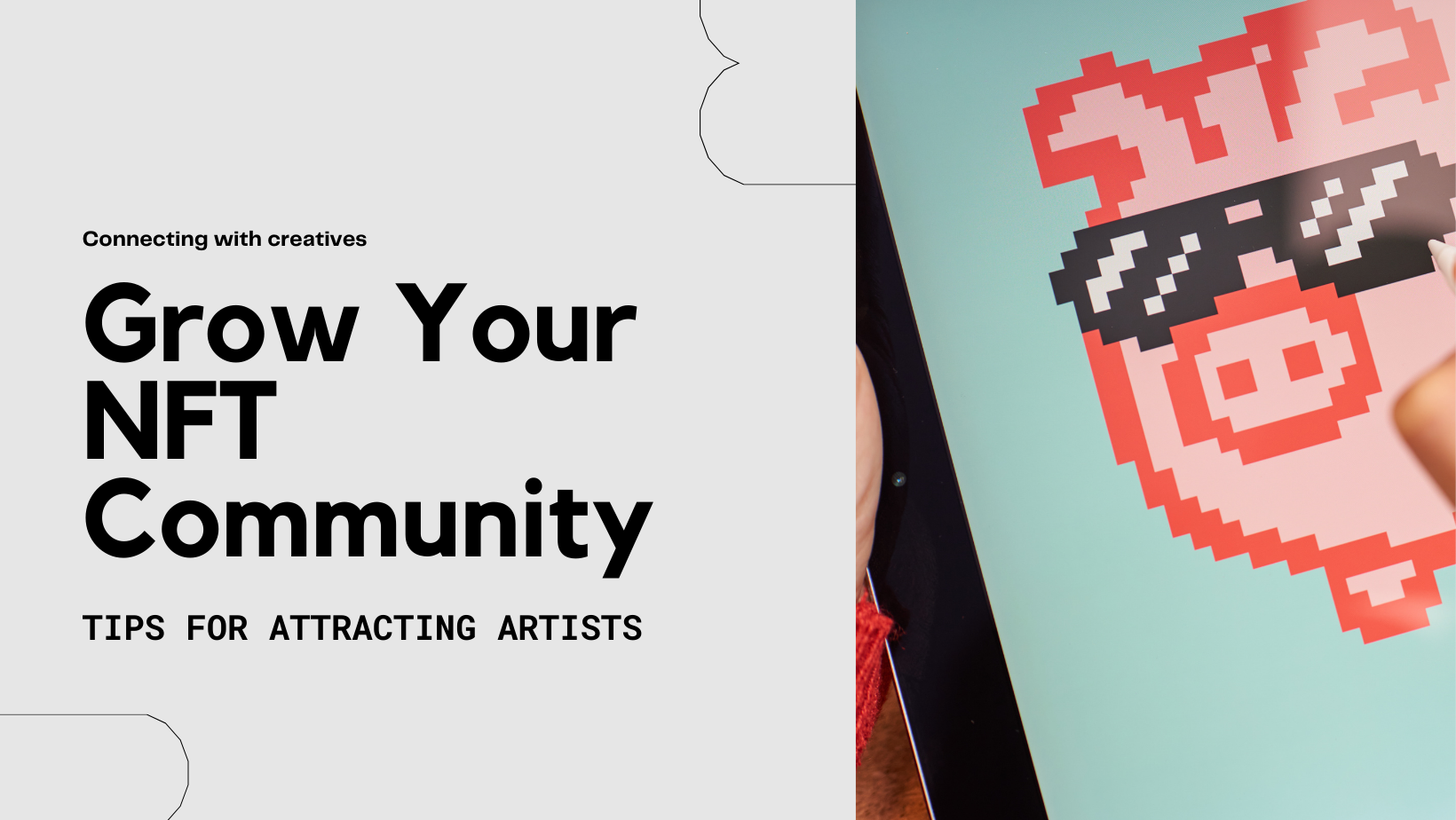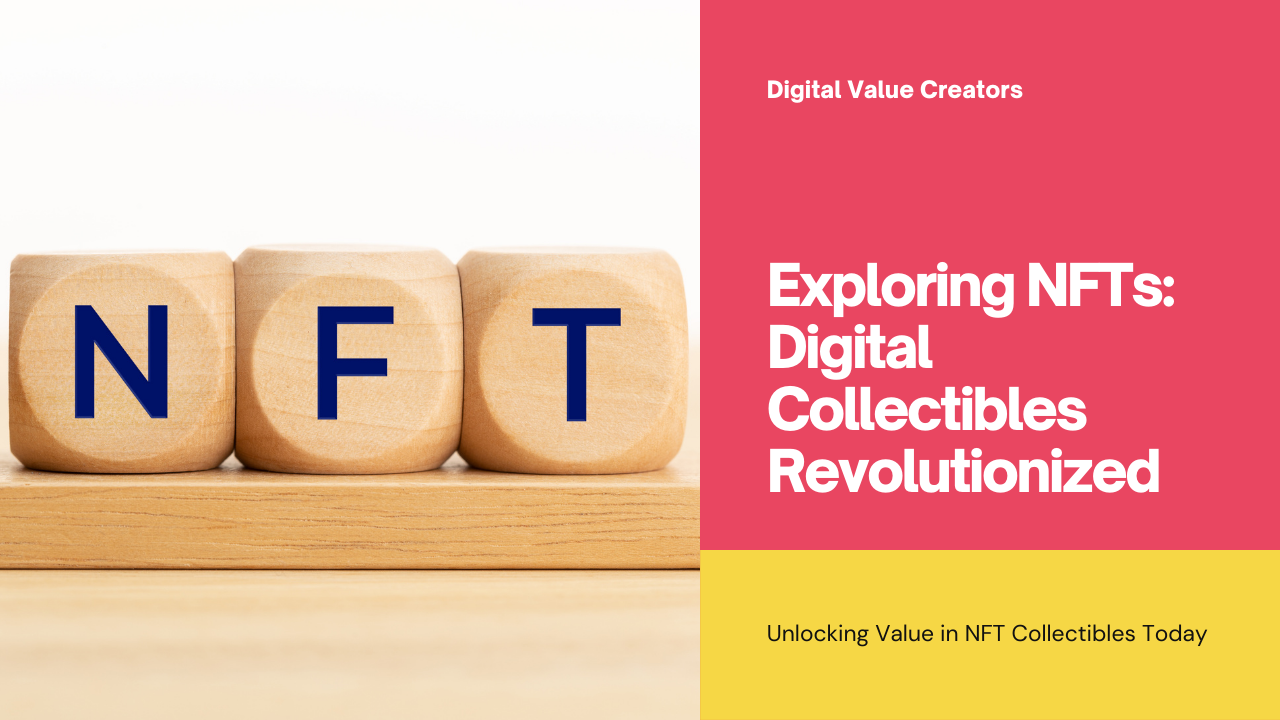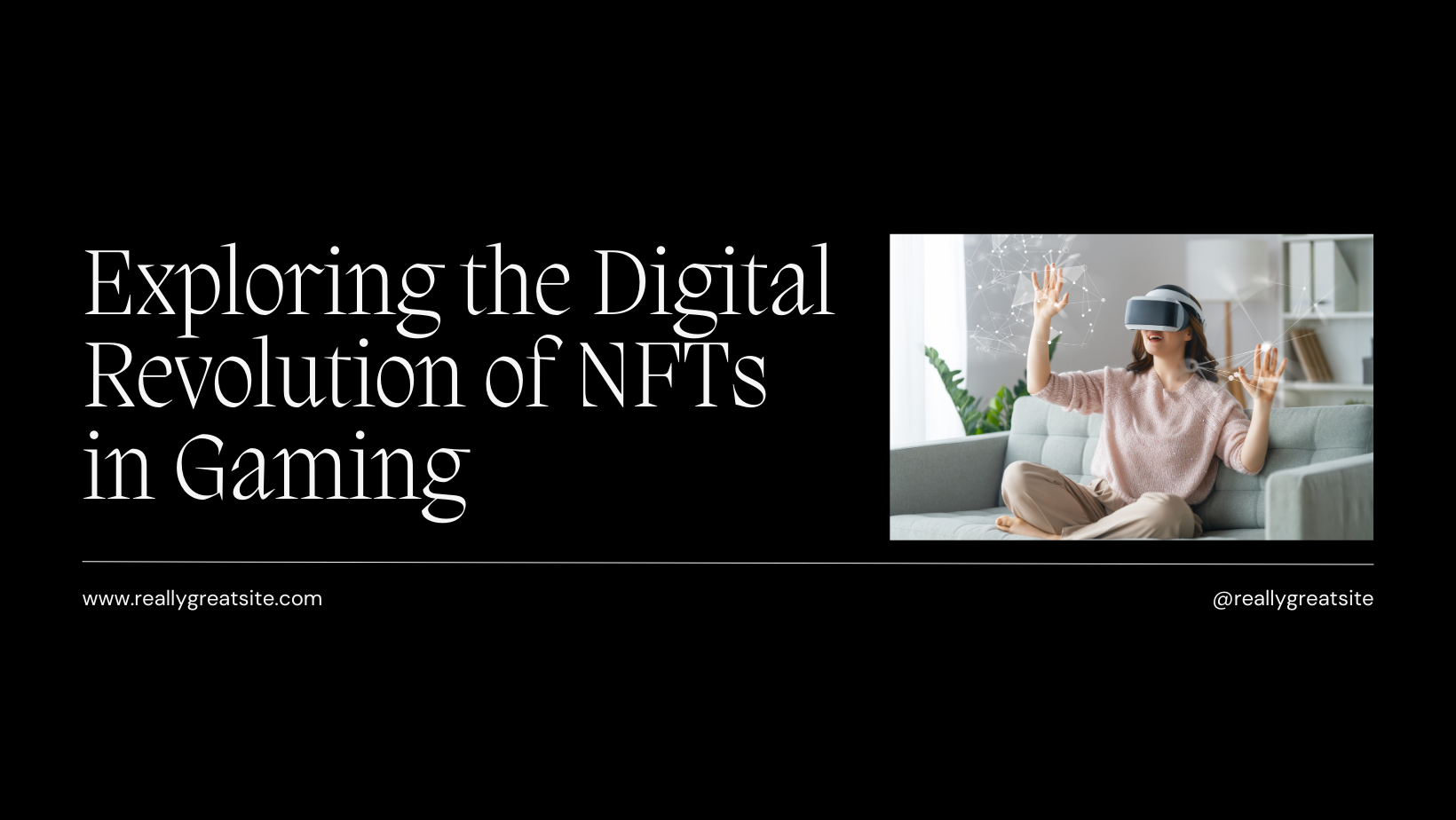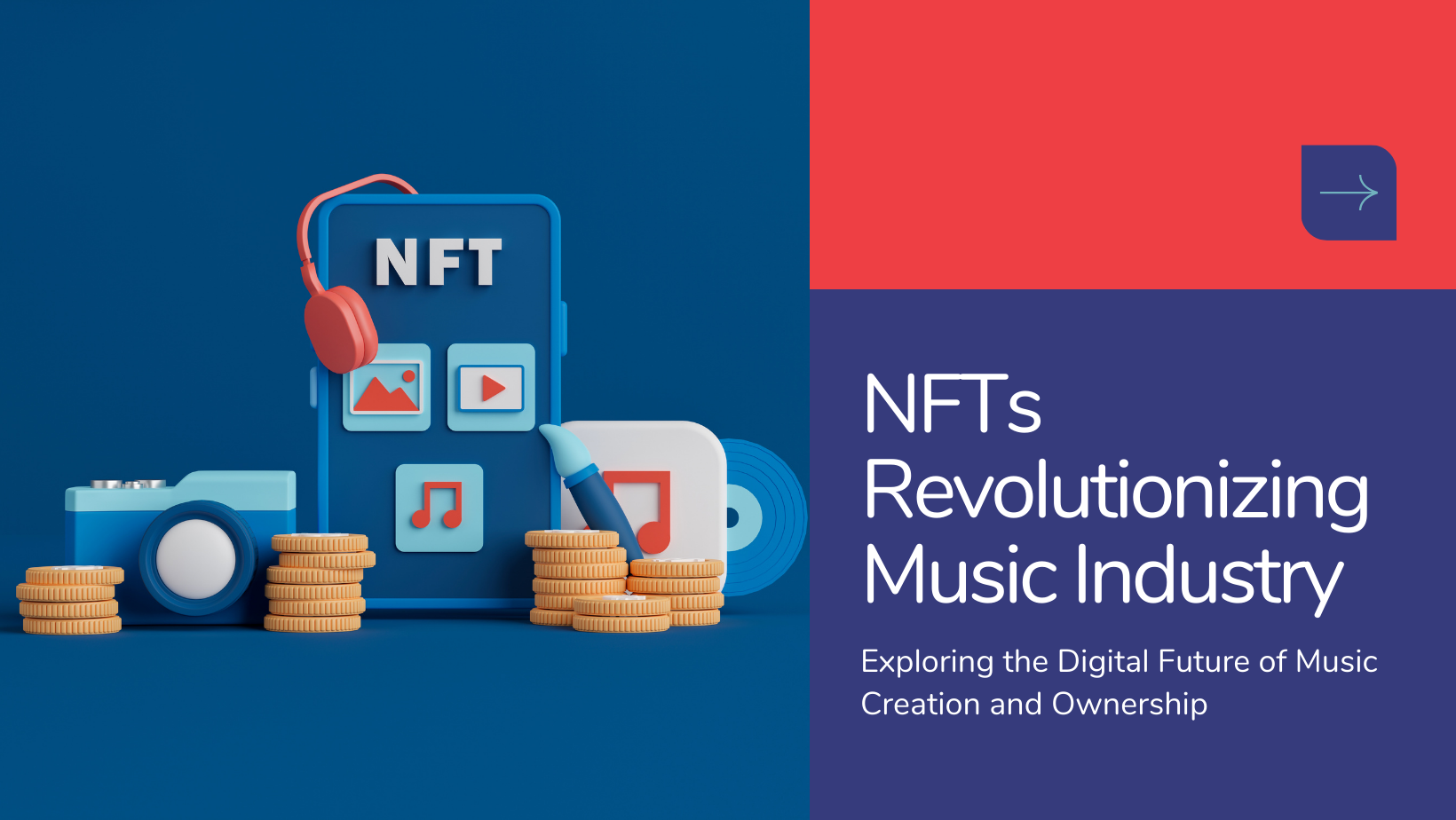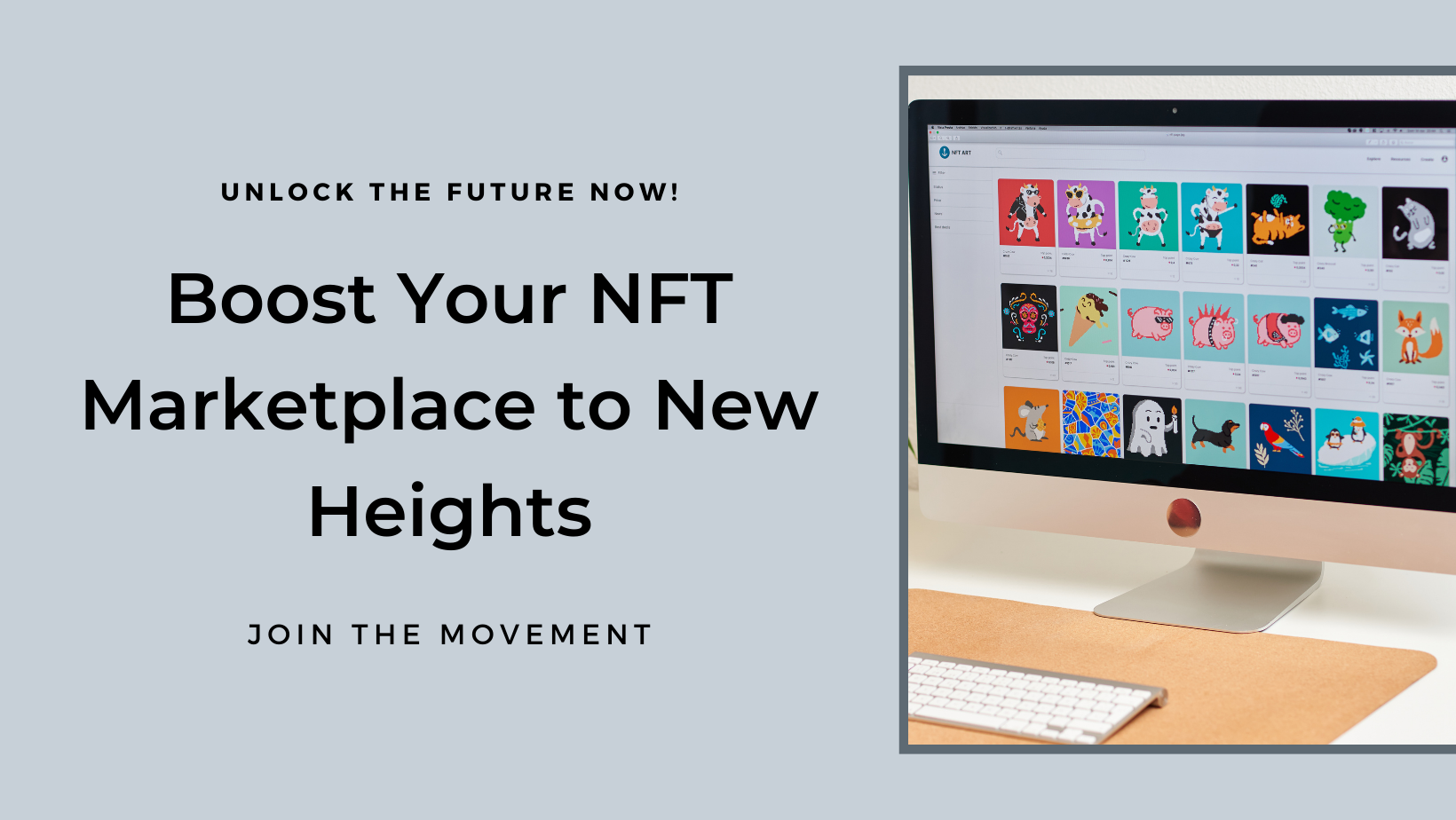Introduction: Non-Fungible Tokens (NFTs) have revolutionized the art world by offering digital artists a new way to tokenize, sell, and authenticate their work. This blog explores the transformative impact of NFTs on digital art, current trends, future possibilities, and the evolving role of technology in shaping the art market.
Understanding NFTs and Digital Art: NFTs are unique digital assets minted on blockchain networks, representing ownership and authenticity of digital artworks. Unlike traditional art, which is physical and tangible, digital art exists in digital formats such as images, videos, animations, and virtual reality experiences. NFTs enable artists to tokenize their digital creations, establish provenance, and monetize their work through auctions, sales, and royalties.
Current Trends in NFTs and Digital Art: The adoption of NFTs in digital art has surged in recent years, driven by several key trends:
- Tokenization of Artworks: Artists tokenize digital art pieces as NFTs, embedding metadata that includes ownership rights, creation details, and limited edition attributes.
- Marketplace Growth: NFT marketplaces like OpenSea, Rarible, and Foundation facilitate peer-to-peer trading of digital art NFTs, attracting collectors, investors, and enthusiasts worldwide.
- Artist Empowerment: NFTs empower artists to bypass traditional gatekeepers, reach global audiences, and earn revenue directly from art sales and secondary market transactions.
- Cross-Industry Collaborations: Artists collaborate with musicians, brands, and celebrities to create multimedia NFT projects, enhancing creativity, and expanding artistic expression.
The Future of NFTs in Digital Art: Looking ahead, the future of NFTs in digital art promises to drive innovation, collaboration, and accessibility across the global art market. Key trends and developments include:
- Enhanced Interactivity and Immersion: Advances in virtual reality (VR) and augmented reality (AR) technologies enable immersive art experiences, interactive installations, and virtual exhibitions powered by NFTs.
- Integration with IoT and Wearables: NFTs could extend beyond visual art to include digital fashion, wearable art, and IoT-connected artworks that interact with physical environments and user interactions.
- Sustainability and Carbon Footprint: Addressing concerns about blockchain’s environmental impact, initiatives focus on eco-friendly NFT platforms, energy-efficient blockchain networks, and carbon offset strategies for sustainable art practices.
- Decentralized Art Movements: Decentralized autonomous organizations (DAOs) and community-driven platforms empower artists and collectors to participate in governance, funding, and decision-making processes within digital art ecosystems.
- Cross-Cultural Exchange and Accessibility: NFTs facilitate cross-cultural exchanges, democratize access to art collections, and support emerging artists from diverse backgrounds, fostering global connectivity and inclusivity in the art market.
Challenges and Considerations: Despite its transformative potential, the adoption of NFTs in digital art faces challenges:
- Market Volatility: NFT prices fluctuate due to market speculation, demand shifts, and economic factors, posing risks for artists and investors alike.
- Legal and Copyright Issues: Clarifying intellectual property rights, licensing agreements, and digital rights management (DRM) frameworks remains essential to protect artists’ interests and ensure fair compensation.
- Technological Barriers: Overcoming blockchain scalability issues, transaction costs, and interoperability challenges is crucial for mainstream adoption and usability of NFT platforms.
Conclusion: In conclusion, NFTs are reshaping the future of digital art by democratizing access, empowering artists, and redefining ownership in the digital age. As technology evolves and cultural shifts continue, NFTs will continue to drive innovation, collaboration, and creativity across the global art landscape.

